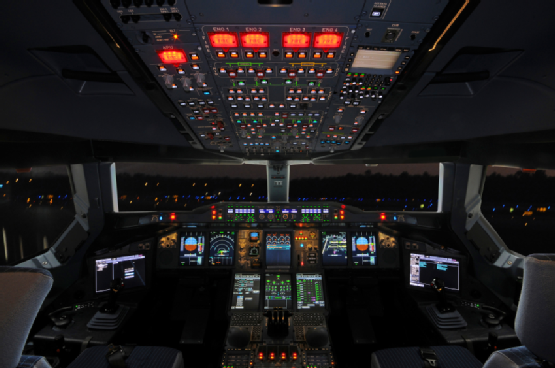How to Fly an Airplane Using Only Instruments

Flying airplanes is definitely not the easiest of tasks to perform. To become perfect, a budding professional has to undergo a lot of training as there are so many lives depending on the skill of a pilot.
With the advancement in technology, a lot of innovations have been made in the field of aviation which has made the in flight operations a tad easier – auto pilot being a good example. However, there are many emergency situations in which all the onus falls on the skills, knowledge and the mental strength of the pilot and he needs to be prepared to cope with whatever the conditions are. That is when a pilot needs to know about all the instruments available, and should know when to do what.
Instructions
-
1
Learn about all instruments
While flying an airplane, you will have to check a lot of things and be aware of every instrument in front of you. Keep on practising. The best way is to imagine various scenarios and perform dry runs in those situations. Visualize how you would proceed, when the automatic feeds to the main console are off. -
2
Check the attitude indicator
You will have to keep your focus on the attitude indicator, also known as the artificial horizon. It helps you determine the relative position of the airplane with the horizon. -
3
Airspeed meter and altimeter
These two instruments are critical in aeroplane navigation. Air speed metre tells you the speed of your airplane while the altimeter indicates the distance of the airplane from sea level. -
4
Vertical speed indicator
The vertical speed indicator will show you the rate at which the airplane is ascending or descending, so that you can make the adjustments accordingly. -
5
Turn and slip indicator
This indicator is used to see the speed at which your plane is turning. While you are turning, use the directional gyro to see where exactly you are headed. -
6
Radio navigation instruments
These instruments will help you determine the direction you wish to fly in. The most common of such controls is the VOR receiver, which will help you position the airplane in the right direction.

